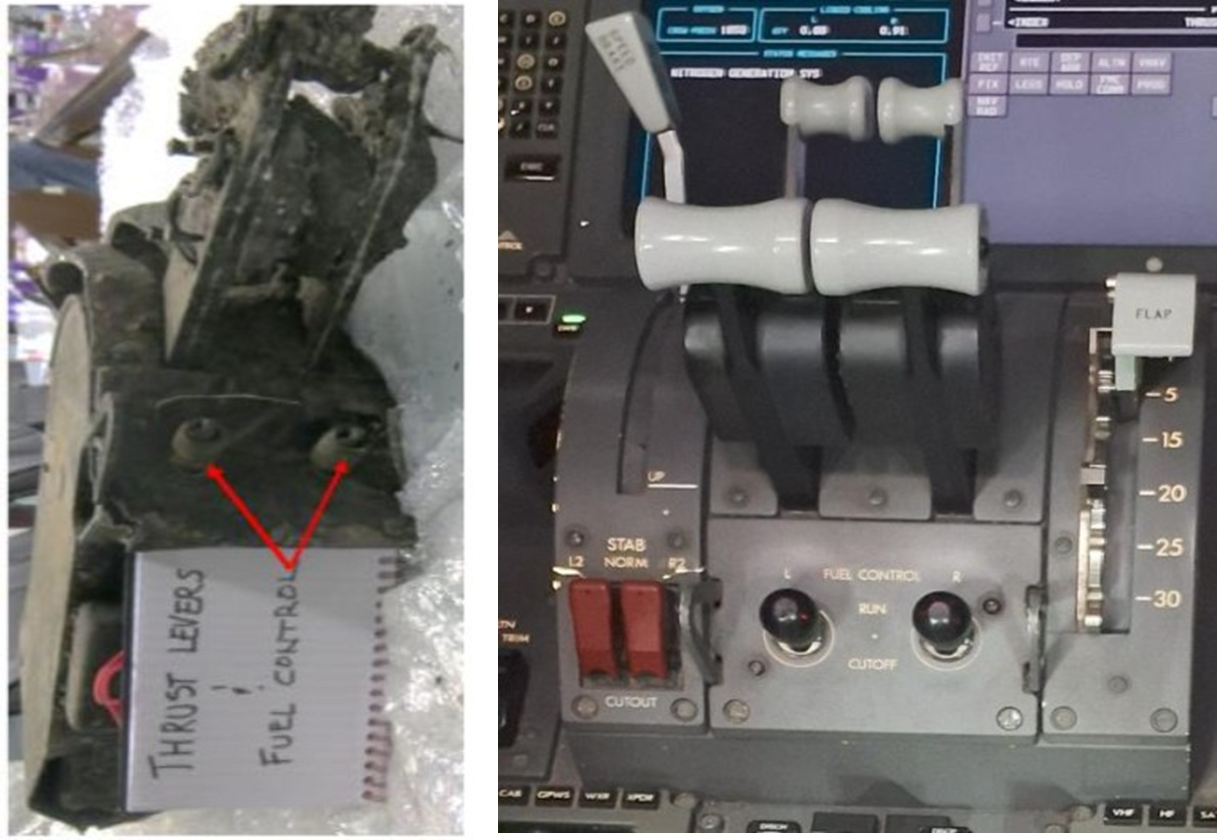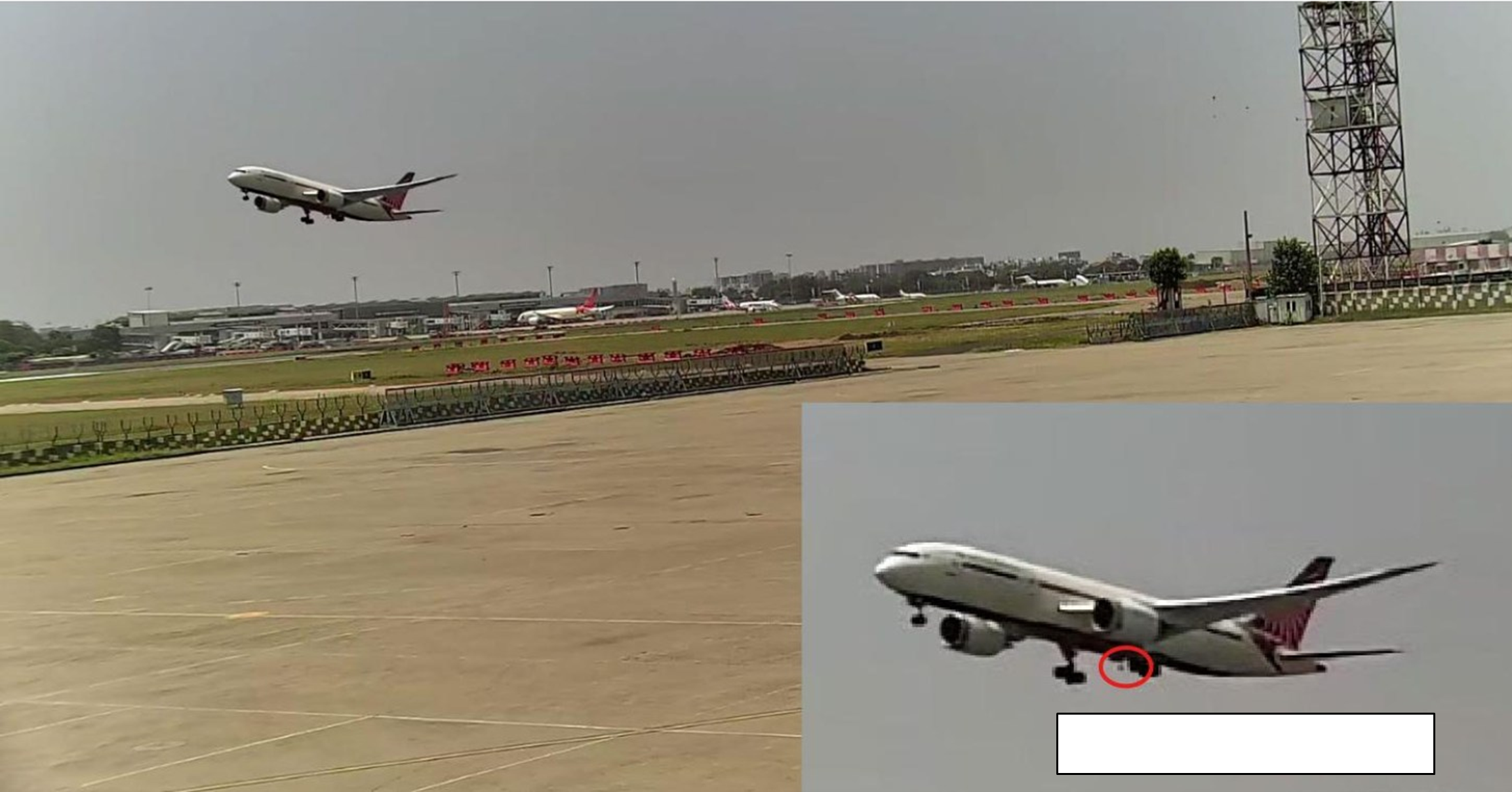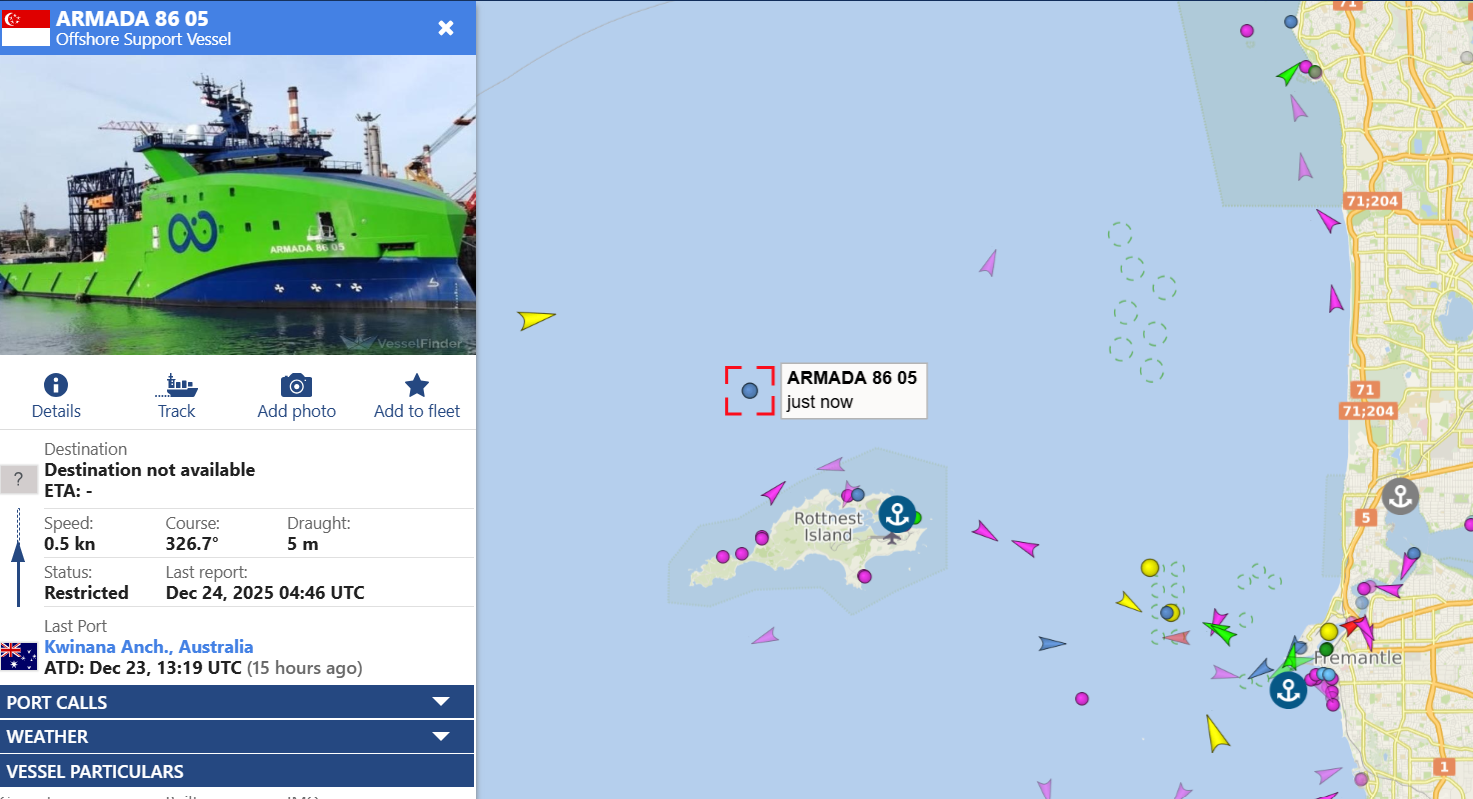
By Josh Wood
Published Fri Jul 11 2025
This article provides an overview and preliminary assessment of the fatal accident involving Air India Flight AI171, a Boeing 787-8 aircraft (registration VT-ANB), which crashed shortly after take-off from Ahmedabad on 12th June 2025.
Our summary is based entirely on the official preliminary report released by India's Aircraft Accident Investigation Bureau (AAIB).
First and foremost, all at Airline Ratings offer our unreserved thoughts and condolences to the families and individuals affected by this devastating loss.
Flight and Operational Overview
The aircraft had 54,200 Kgs of fuel onboard and a take-off weight of 213,401 Kgs, which whilst very heavy is within the Boeing 787’s maximum take-off weight limit of 218,283 Kgs. There were no dangerous goods declared onboard. Post-accident inspection found the flaps set to position 5, the landing gear in the DOWN position, and although heavily damaged, the thrust reversers were in the stowed position.
Pre-Flight and Technical Status
Earlier that morning, the aircraft had arrived from Delhi as AI423, landing at 05:47 UTC and parking at Bay 34. The crew assigned to AI171 underwent breathalyser testing at 06:25 UTC and were declared fit for duty, a standard procedure within the industry.
At 06:40 UTC, maintenance engineers addressed a logbook entry related to a “STAB POS XDCR” status message. This refers to the Stabiliser Position Transducer, a sensor that communicates the horizontal stabiliser’s trim position to the aircraft’s flight control systems. Troubleshooting was carried out by the on-duty Air India engineers, and the aircraft was subsequently released for flight.
Initial Climb and Power Loss
The take-off run appeared normal. According to the Enhanced Airborne Flight Recorder (EAFR), the aircraft passed decision speed (V1) at 08:08:33 UTC and reached rotation speed (Vr) of 155 knots at 08:08:35 UTC. The aircraft became airborne at 08:08:39 UTC. Just three seconds later, at 08:08:42 UTC, it reached its maximum indicated airspeed of 180 knots.
Almost immediately after take-off, both engines lost power when their respective fuel control switches transitioned from ‘RUN’ to ‘CUTOFF’, one second apart.
The fuel control switches on the Boeing 787 are manual and not connected to any automated system that could move them to CUTOFF. They require deliberate physical input from the crew. While Full Authority Digital Engine Control (FADEC) can manage engine relight when switches are moved to RUN, it cannot command shutdown. This makes the simultaneous switch to CUTOFF during climb highly unusual and central to the investigation.
Fuel cut-off switches in airplanes are primarily used to shut down the engines after landing, or in emergency situations like engine fires

Flight Recorder Data and Recovery
The aircraft was equipped with two Enhanced Airborne Flight Recorders (EAFRs), which combine the functions of a Cockpit Voice Recorder (CVR) and Flight Data Recorder (FDR) into a single unit. EAFRs record both cockpit audio and critical flight parameters, typically storing 25 hours of data and 2 hours of audio. In this case, the forward EAFR was successfully recovered and downloaded, providing key information about engine shutdowns, relight attempts, and crew dialogue. This data has been central to the ongoing investigation.
Emergency Sequence and Impact
The loss of thrust led to the deployment of the Ram Air Turbine (RAT) at 08:08:47 UTC, indicating a complete electrical and hydraulic failure due to the engine shutdown. The flight crew quickly responded. Engine 1's fuel switch was set back to RUN at 08:08:52 UTC, and Engine 2’s switch followed at 08:08:56 UTC. This initiated relight attempts. Simultaneously, the Auxiliary Power Unit (APU) inlet door began to open, consistent with an automatic start command.

At 08:09:05 UTC, a distress call was made: “MAYDAY MAYDAY MAYDAY”. Six seconds later, at 08:09:11 UTC, the EAFR stopped recording. The aircraft crashed into a residential hostel complex outside the airport boundary almost immediately after. Airport rescue services responded, with fire tenders leaving the perimeter by 08:14:44 UTC.
Ongoing Investigation and Hypotheses
The entire sequence from take-off clearance to crash occurred within a span of just under two minutes and the simultaneous shutdown of both engines remains highly unusual. Investigators are considering a possible mechanical or design issue related to the fuel control switches, especially given a prior FAA SAIB (Special Airworthiness Information Bulletin) issued in 2018 highlighting similar concerns.
Fuel samples taken from the bowsers and tanks used to refuel the aircraft were tested at the DGCA’s Lab and found satisfactory
Deliberate crew input, including the possibility of pilot intervention, has not been ruled out at this stage. Voice recordings indicate at least one crew member expressed surprise at the engine shutdown, reportedly saying: “Why did you cutoff?” with the reply, “I did not do so.”
Josh Wood, Safety and Service Quality Manager at AirlineRatings, said:
“There is no doubt this accident is a tragedy, and all of us at AirlineRatings support the ongoing investigation.
The preliminary report issued by India’s AAIB outlines the key timeline and sequence of events leading up to the crash, notably the critical moment when both engine fuel switches transitioned to CUTOFF, which appears to have caused the aircraft to lose power.
At this stage, it seems likely that either human intervention, whether deliberate or accidental, or a Boeing systems failure is involved. However, in the absence of confirmed facts, it’s important to avoid speculation out of respect for those lost and affected.
As the investigation progresses, both AirlineRatings and I remain committed to providing fact-based updates as the true cause of this accident becomes clearer.”
Conclusion
The investigation remains ongoing, with detailed analysis of flight data, crew medical histories, maintenance logs, and component failures underway. No safety recommendations have been issued yet, and no definitive cause has been confirmed.
READ: Chilling timeline of events explains how this tragedy unfolded
Have questions or want to share your thoughts?
Get In Touch





